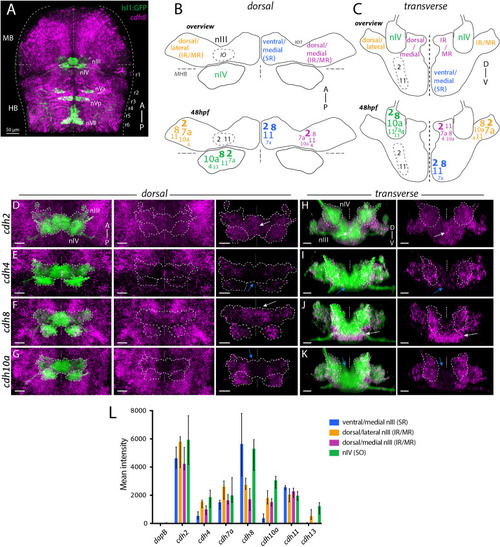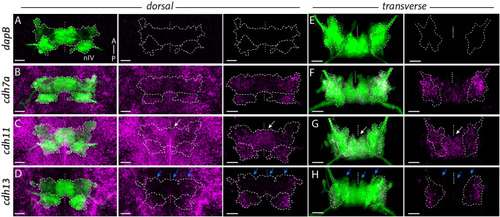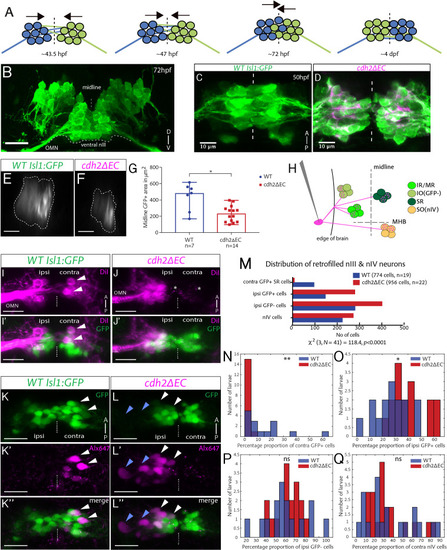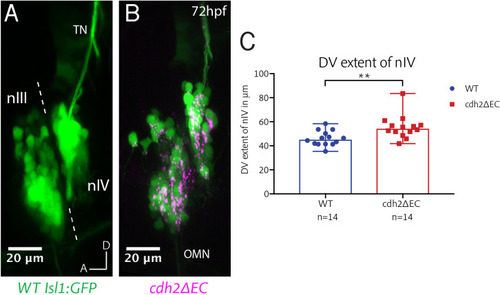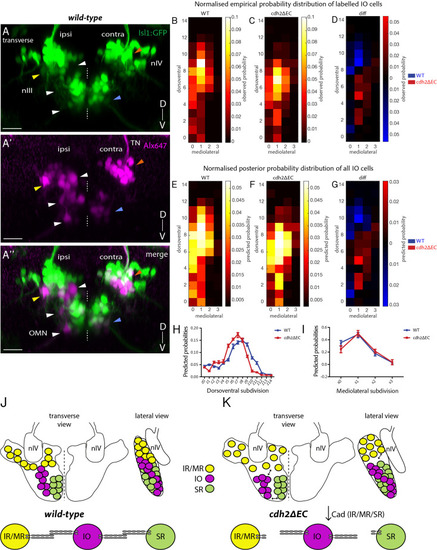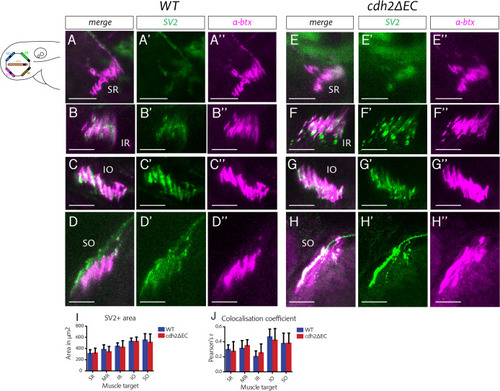- Title
-
Cadherins regulate nuclear topography and function of developing ocular motor circuitry
- Authors
- Knüfer, A., Diana, G., Walsh, G.S., Clarke, J.D., Guthrie, S.
- Source
- Full text @ Elife
|
( |
|
( |
|
Dorsal view of ocular motor neurons (green) in |
|
( |
|
( |
|
( |
|
( |
|
( |
|
( |
|
( |
|
( |
|
( |

